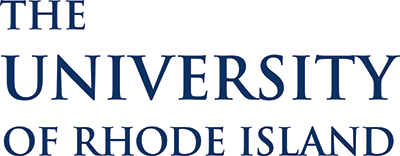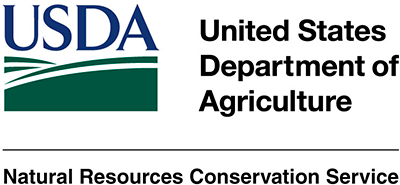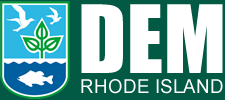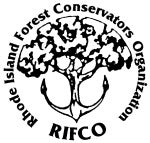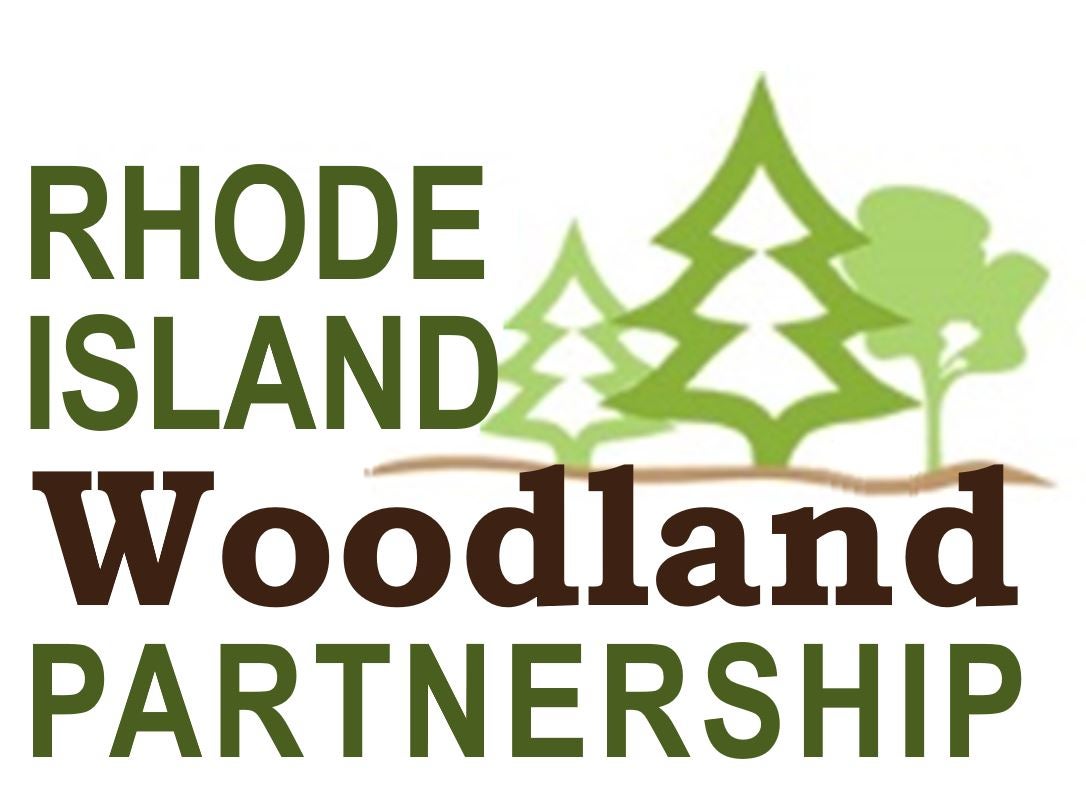Current Status
Rhode Island’s woods are made up of several forest types, most notably oak-hickory, which makes up 60% of our wooded areas. 75% of our woodlands are privately owned, while state and local governments own and manage the other 25%. All in all, woodlands – both commercial and noncommercial – make up 55-60% of our landscape, but this number continues to decrease (Butler et al., 2011). Although Rhode Island is not considered a large timber producing state, most of our woods are classified as eligible timberland; creating new working woodlands can provide financial incentives to keep our state forested for future generations.
Red maple, oak, and white pine are currently the most abundant tree species found in Rhode Island (Butler et al., 2011). Furniture makers and other wood product producers prize red oak for its durability and rich grain. The state’s best stands of red oak can be found on moist soils in northwestern Rhode Island. New England white pines, once claimed in controversy as ship masts for King George III, are still a common and useful construction timber. South-central Rhode Island provides dry, sandy soils where white pine tend to thrive. The most abundant species – red maple – is Rhode Island’s state tree. It is found all throughout Rhode Island, but thrives in wet, swampy areas most of all. While red maple is not a valued timber species, its leaves produce vibrant fall colors, its seeds are a great source of food for wildlife, and its biomass contributes greatly to the state’s carbon storage.
As of 2007, the Forest Service’s Forest Inventory and Analysis estimated Rhode Island to contain 776.4 million cubic feet of living trees (Butler et al., 2011). You can imagine this measurement as 6,065,625 cords of firewood or the volume of 8,747 Olympic swimming pools. Annually, our forests grow ~20.7 million cubic feet, while just 5.5 are removed. The forests that result from this dynamic contain mostly medium-large diameter trees and increasingly fewer young/small diameter trees than the state has seen in decades past. Widespread forest management can help to balance these forest age classes, which provide prime habitat features for a large spectrum of wildlife species.
Butler, B. J., Barnett, C. J., Crocker, S. J., Domke, G. M., Gormanson, D., Hill, W. N., . . . Woodall, C. W. (2011). The Forests of Southern New England, 2007: A Report on the Forest Resources of Connecticut, Massachusetts, and Rhode Island. Newtown Square, PA: U.S. Forest Service.
Current Threats
Rhode Island faces constant changes due to increasing human population density, rapid changes in technologies, and decreased connectedness with our environment. Our woodlands are possibly impacted most of all as these trends lead to land conversion and poor stewardship practices. At the same time, reductions in staffing at the RI DEM Division of the Forest Environment (from 65 in 1985 to 12 in 2009) have reduced the amount of technical support that the department can provide to Rhode Island forest owners. With around 60% forest cover today, Rhode Islanders need to start paying more attention to the following threats which could negatively impact our woodlands.
1. Land Development and Fragmentation:
The biggest threat to our woodlands is land conversion for development, which leads to habitat loss and fragmentation of connected habitats. Urban sprawl and subdivisions can increase the risk of wildfires, which are often started in suburban environments and over time will affect more people and their property. Monitoring conservation easements for many small tracts, as opposed to a few larger tracts, is more difficult, given the time and money required for each visit. A major cause of land conversion is rapid land turnover, which is likely to increase with 44% of current landowners over the age of 65. See Estate Planning for information to secure your land’s legacy and fight future fragmentation.
2. Insects, Diseases, and Invasive Species:
Invasive species threaten biodiversity and present major problems for landowners with their rapid growth and dispersal. Some, but not all, of the insects and diseases that attack trees are introduced, invasive species. See Invasive Species and Forest Health to learn more.
3. Deer Population:
Deer population has increasingly become a concern in Rhode Island. The expansion of rural housing developments and the reduction in hunting has created a safe environment where deer thrive. High deer density is leading to the elimination of plant growth below a certain height, which has numerous ecological impacts. See Impact of Deer for more information.
4. Climate Change:
Climate change is looming overhead, but what does it mean for Rhode Island? Plant and animal species will likely shift their geographic ranges or face extinction. Those populations that are already vulnerable are in the most danger. Diseases, droughts, and other natural disturbances are likely to increase, so land managers and stewards will face many challenges to maintain healthy woodlands.
As President Barack Obama stated in a recent address on climate change, we don’t need to choose between the health of our children and the health of our economy. Forestry is an historic industry that maintains constant carbon stores, despite continuous cutting practices. Because trees regenerate, working forests are essentially “carbon neutral” and can help us to reduce our carbon footprints.
5. Timber Market Competition:
Foreign competition for wood products threatens Rhode Island woodlands and forests worldwide. Volatile markets, as well as instability of tax incentives, make it difficult for our forest industries to compete, so many landowners turn to land conversion for a profit. Countries with more lenient – or nonexistent – harvesting policies often practice unsustainable forestry methods, which enable them to sell their products for less money. See Sustainable Harvesting for more information.

